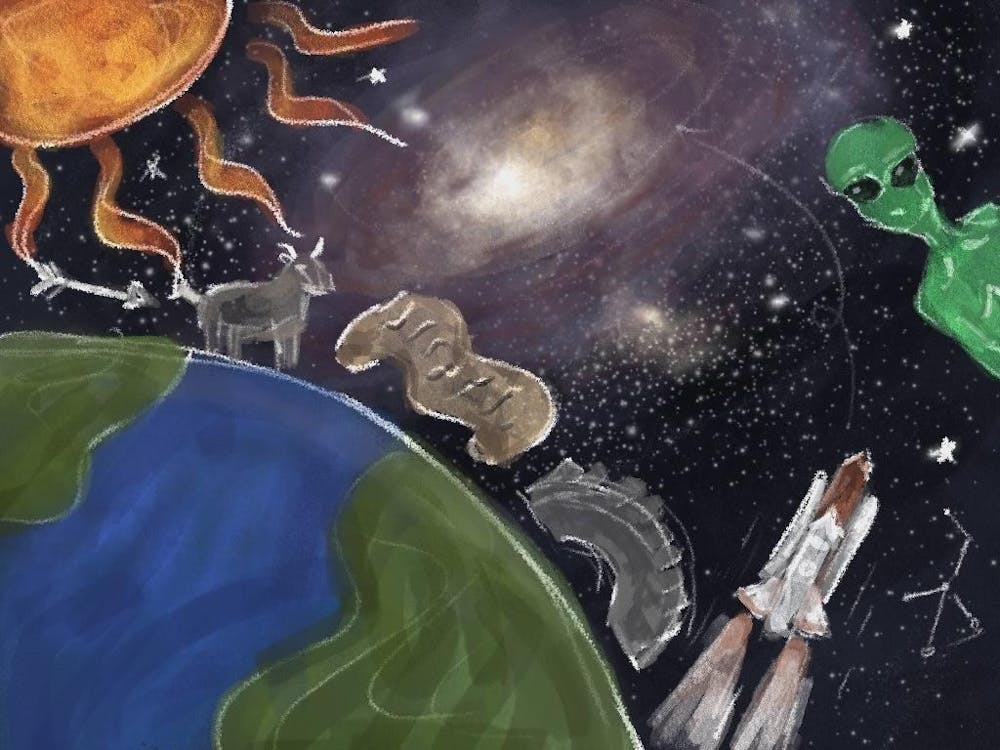In the late 1800s, predictions about futuristic technology such as the electric floor cleaner, a flying postman for faster information travel time, and a telephone with pictures to see who you are calling were prophesied. We have these today, but in wildly different forms than were once imagined.
Imagine observing human progress from the very beginning: A caveman who might point and utter basic sounds to direct his tribe, instructing them to throw sharpened sticks when a mammoth came too close. Gradually, these sounds evolved into a rudimentary language system.
A mega-annum later, a Sumerian farmer offered one cow in exchange for three goats, but a delay occurred with the third goat. So the farmer scratched out pictograms with some sticks and clay to represent the agreement.
A few millennia afterward, a Greek engineer was contracted to build a bridge. The engineer turned to Cyclopean masonry techniques to construct a stone bridge in Argolis, Greece.
Centuries after the bridge, a scientist aspired to create a spacecraft capable of reaching the Andromeda constellation and back without going over the speed of light. They read countless theories and papers, crediting all the people who inspired them to come up with new modes of intergenerational transportation.
Examples such as these show humanity’s progress in transmitting knowledge across time and space, documenting and preserving ideas in forms like pages, contracts, academic literature, and other media. Yet, what are the limits of this progress?
With advancing technologies, we are reaching a point where information storage and retrieval may become flawless, undamaged, and limitless. Today’s computers, aided by AI, provide summarized understanding and analysis. Still, our predictions remain partial and imperfect.
When people need answers, they turn to books, encyclopedias, articles, newspapers, and computers. But what if that’s not the end of what’s possible?
On October 9, 1903, an editorial in the New York Times claimed that the demands of flight would take anywhere from 1 million to 10 million years for humans to reproduce. Weeks later, on December 17, the Wright brothers made their first successful flight.
Rchin Bari is a writer for Post Magazine's "Post-Pourri" Section and a newspaper designer for the Brown Daily Herald. Originally from Belleville, New Jersey, he studies Biophysics and is pursuing an Entrepreneurship Certificate at Brown University. Rchin conducts research at Brown and is driven by a passion for exploring the world through science and mathematics, with the hope of discovering cures for currently incurable diseases.





